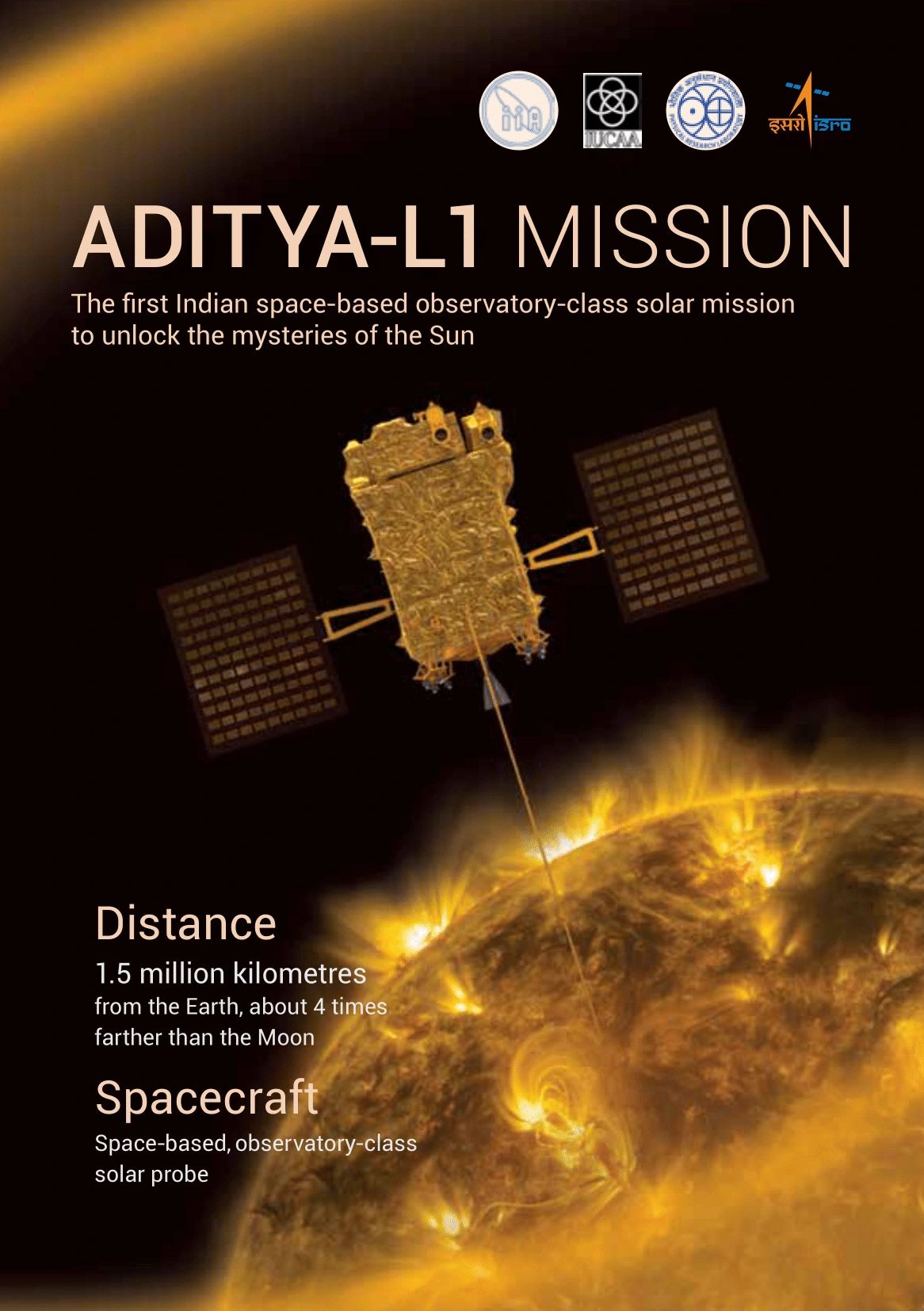ISRO’s Historic PSLV-C57 Launch on September 2 Marks Debut of India’s Sun-Studying Space Observatory
Bengaluru, NFAPost: In a recent announcement, S Somanath, the Chief of the Indian Space Research Organisation (ISRO), unveiled that the eagerly awaited Aditya-L1 mission, India’s maiden space-based observatory dedicated to scrutinizing the Sun, is poised for liftoff in the early days of September. This proclamation follows swiftly on the heels of ISRO’s triumphant landing of Chandrayaan-3, its third lunar mission.
Scheduled for a September 2 launch, the Aditya L1 mission is a significant milestone for ISRO as it marks India’s debut in the field of space-based solar observation. The momentous event is set to unfold at 11:50 IST from the hallowed grounds of the Satish Dhawan Space Center in Sriharikota.
Aditya L1 represents ISRO’s second foray into space-based astronomy, following the successful launch of AstroSat in 2015. Known initially as Aditya 1, its primary mission focused solely on the solar corona.
AstroSat: A Prelude to Aditya L1
AstroSat launched aboard the PSLV-C30 in September 2015 from Sriharikota, was India’s inaugural dedicated astronomy mission. It was designed to simultaneously observe celestial sources across the X-ray, optical, and UV spectral bands. This pioneering mission laid the groundwork for Aditya L1’s ambitious solar exploration.
The Significance of Aditya L1
Aditya L1 will etch its name in history as India’s first spacecraft devoted to the study of the Sun. Positioned in a halo orbit around Lagrange point 1 (L1) within the Sun-Earth system, approximately 1.5 million kilometres from Earth, this observatory offers the unique advantage of uninterrupted solar observation, free from eclipses and occultations. This real-time monitoring will provide invaluable insights into solar activities and their impact on space weather.
On July 14, ISRO took to Twitter to announce the preparations for Aditya-L1’s launch, creating anticipation and excitement in the scientific community.
Key Highlights of Aditya L1
- Launch Vehicle: Aditya L1 will ride atop the Polar Satellite Launch Vehicle (PSLV) XL, equipped with seven payloads (instruments) designed to investigate various aspects of the Sun.
- Objectives: The mission aims to delve into the Sun’s corona (Visible and Near-infrared rays), photosphere (soft and hard X-ray), chromosphere (Ultra Violet), solar emissions, solar winds, flares, and Coronal Mass Ejections (CMEs). It will also facilitate round-the-clock imaging of the Sun.
- Challenges: Aditya L1 faces formidable challenges, including the vast distance between Earth and the Sun (approximately 15 crore kilometres on average, compared to the mere 3.84 lakh kilometres to the Moon). This immense distance presents scientific hurdles, compounded by the risks of collisions due to the inclusion of moving components. Additionally, the extreme heat and radiation in the solar atmosphere pose significant challenges, although the observatory’s distance from the Sun mitigates these concerns for its onboard instruments.
The Significance of Aditya L1
The Sun, our parent star, shapes the evolution of every planet, including Earth and exoplanets beyond our solar system. Solar weather and environmental conditions reverberate throughout our cosmic neighbourhood, affecting satellites’ orbits, lifespan, and the functionality of onboard electronics. These solar phenomena can also trigger power outages and disturbances on Earth.
Understanding solar events is paramount in comprehending space weather. Continuous solar observations are vital to tracking and forecasting Earth-directed storms and their impacts. Notably, many of the instruments and components for the Aditya L1 mission represent India’s first foray into their domestic production.
In summary, the impending launch of Aditya L1 exemplifies ISRO’s relentless pursuit of scientific excellence and its commitment to exploring the mysteries of our cosmic surroundings. As India ventures into the realm of solar observation, it takes a significant stride toward unravelling the enigmatic workings of our radiant Sun.





